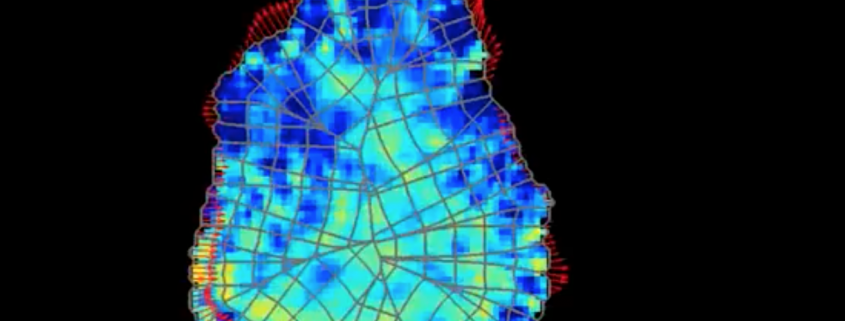Video: an effective tool for disseminating complex research
Verbally communicating complex science theories to a layperson can be a challenging task. But explaining science though video proves to be a much more clear and effective way to “illustrate complex scenarios” based on Dr. Pontus Nordenfelt’s work with T cells, a type of lymphocyte in our immune system.
Here, we had the opportunity to chat with Dr. Pontus Nordenfelt from Lund University, Sweden.
1. Hi Dr. Nordenfelt, can you tell us about your work with integrins?
 I have been studying the molecular mechanisms of integrin activation for the past few years at Harvard Medical School. I worked as a postdoc in the lab of Timothy Springer, who discovered several of the integrins in the late seventies and early eighties. We wanted to test the hypothesis that integrins can be activated from the inside by the applied force from actin polymerization. To do this, we developed new microscopy tools based on FRET, a biophysical phenomenon where energy can be transferred across color-matched fluorophores and used that to measure applied force on integrins. As we showed in our recent paper in Nature Communications, it indeed appears that actin-dependent force can activate integrins, and that this can be used by the cell to coordinate the activity of integrins during cell migration.
I have been studying the molecular mechanisms of integrin activation for the past few years at Harvard Medical School. I worked as a postdoc in the lab of Timothy Springer, who discovered several of the integrins in the late seventies and early eighties. We wanted to test the hypothesis that integrins can be activated from the inside by the applied force from actin polymerization. To do this, we developed new microscopy tools based on FRET, a biophysical phenomenon where energy can be transferred across color-matched fluorophores and used that to measure applied force on integrins. As we showed in our recent paper in Nature Communications, it indeed appears that actin-dependent force can activate integrins, and that this can be used by the cell to coordinate the activity of integrins during cell migration.
2.What tools did you use to detect cell movement in the T cell models you were investigating?
We used regular light microscopy and TIRF-FRET fluorescence microscopy under live conditions coupled with computer vision-based image analysis algorithms.
3. Do you think the scientific community should embrace the power of video visuals to disseminate their research?
Yes, at least in cases where the actual data is based on time-lapse imaging. It can also help to illustrate complex scenarios, especially for lay persons. However, I still believe that in most cases a well composed figure is more convenient for most researchers. We are so used to quickly scan text and figures.
4. How do you plan on using videos in your future research?
My whole research program revolves around capturing and quantifying dynamics events in host-bacteria interactions, so it is absolutely essential for me!
You can read more about Dr. Nordenfelt’s work published in Nature Communications (2016). “Coordinate integrin activation by actin-dependent force during T-cell migration”
- Making math and quantum physics fun with Chris Ferrie - March 28, 2018
- Book review: The Animal Cell (Think-A-Lot-Tots series) - January 25, 2017
- Baking + Science = Bio-Bodies Bake Off - December 23, 2016
- Video: an effective tool for disseminating complex research - December 12, 2016
- A new way to visualize molecular models with Molecular Flipbook - September 8, 2016
- Fostering a better-educated community — the Hamed Mirzaei Foundation - July 5, 2016
- Science Storytelling with Comics, an Interview with Maki Naro - June 15, 2016





Leave a Reply
Want to join the discussion?Feel free to contribute!